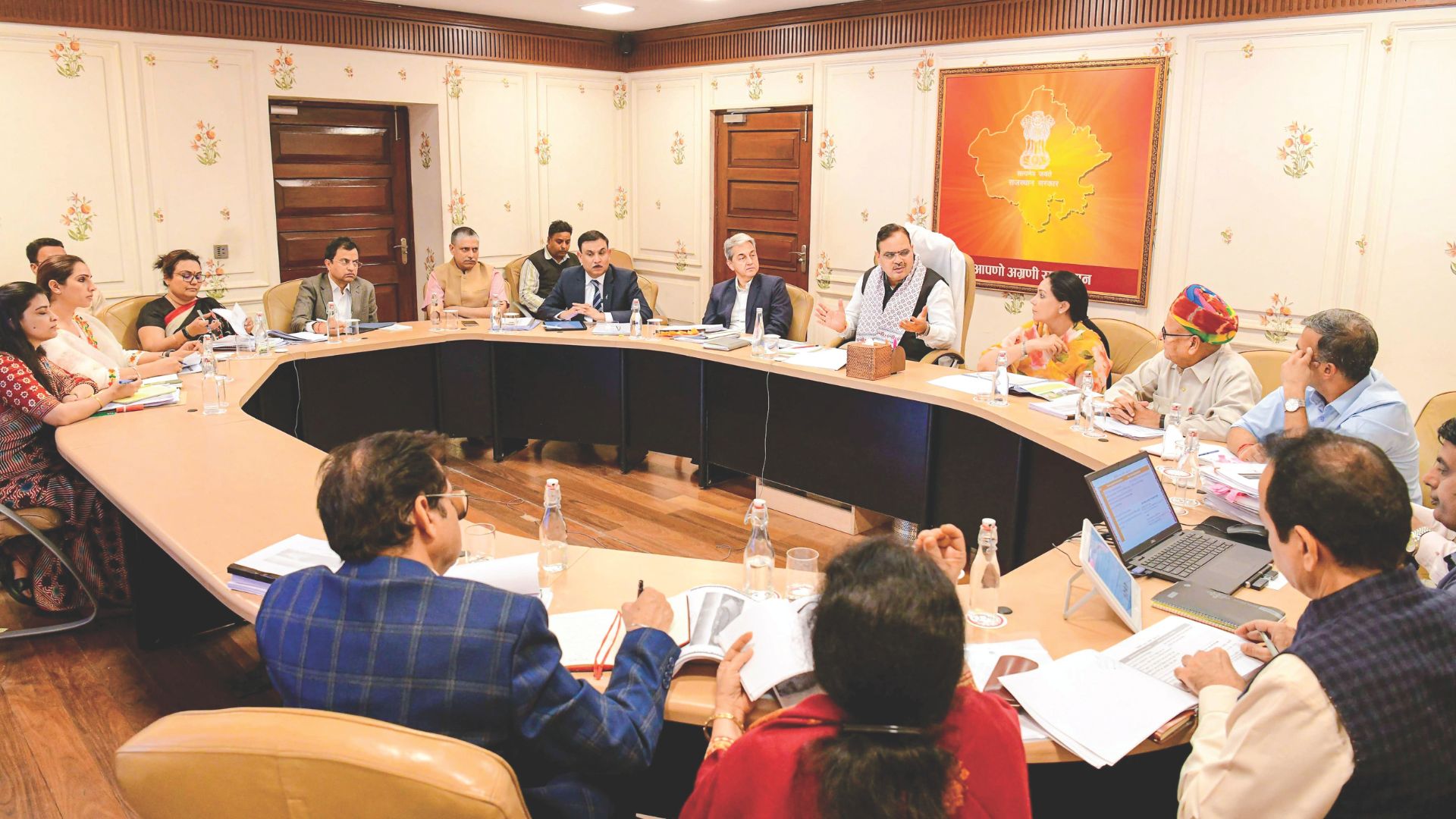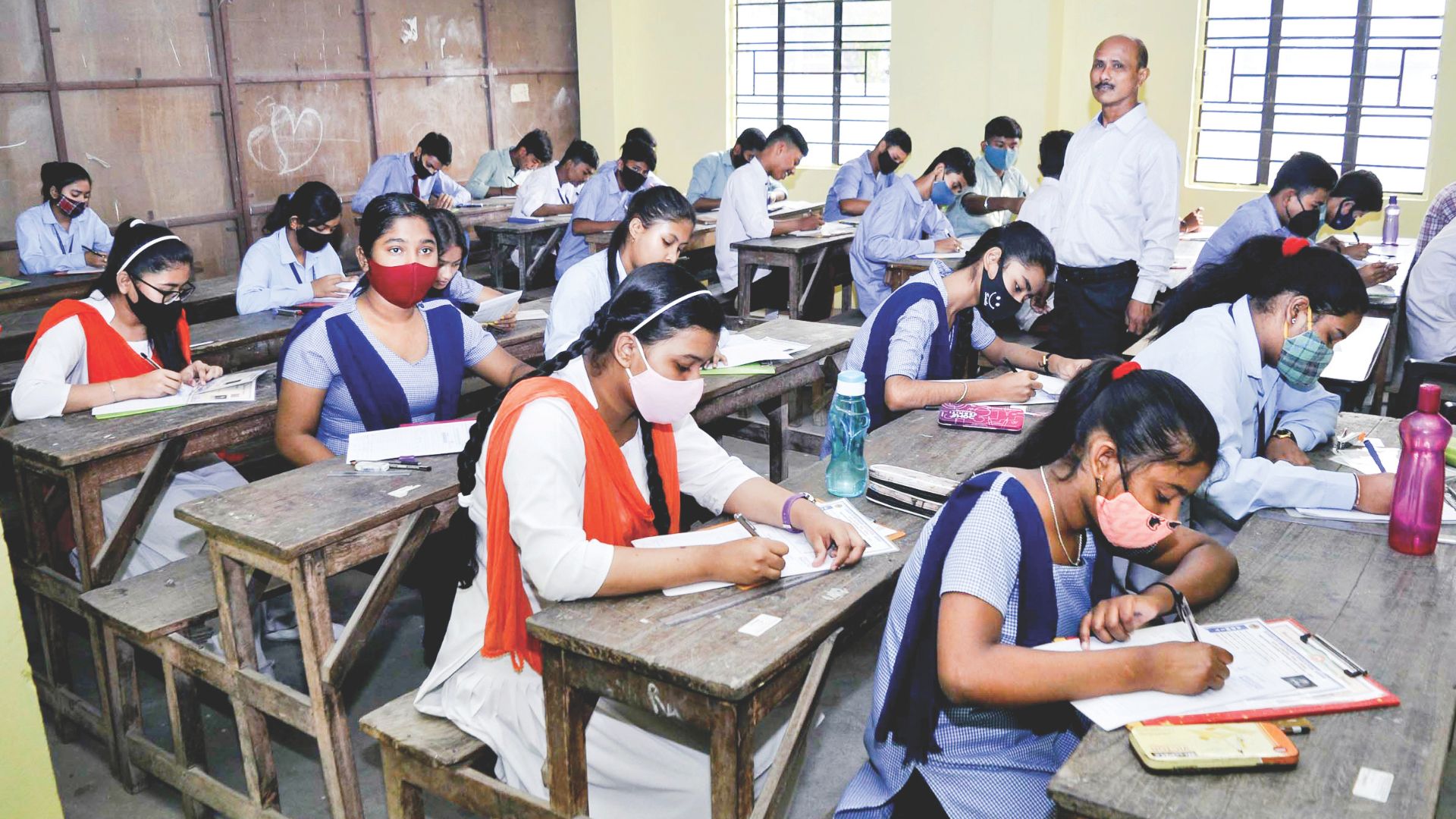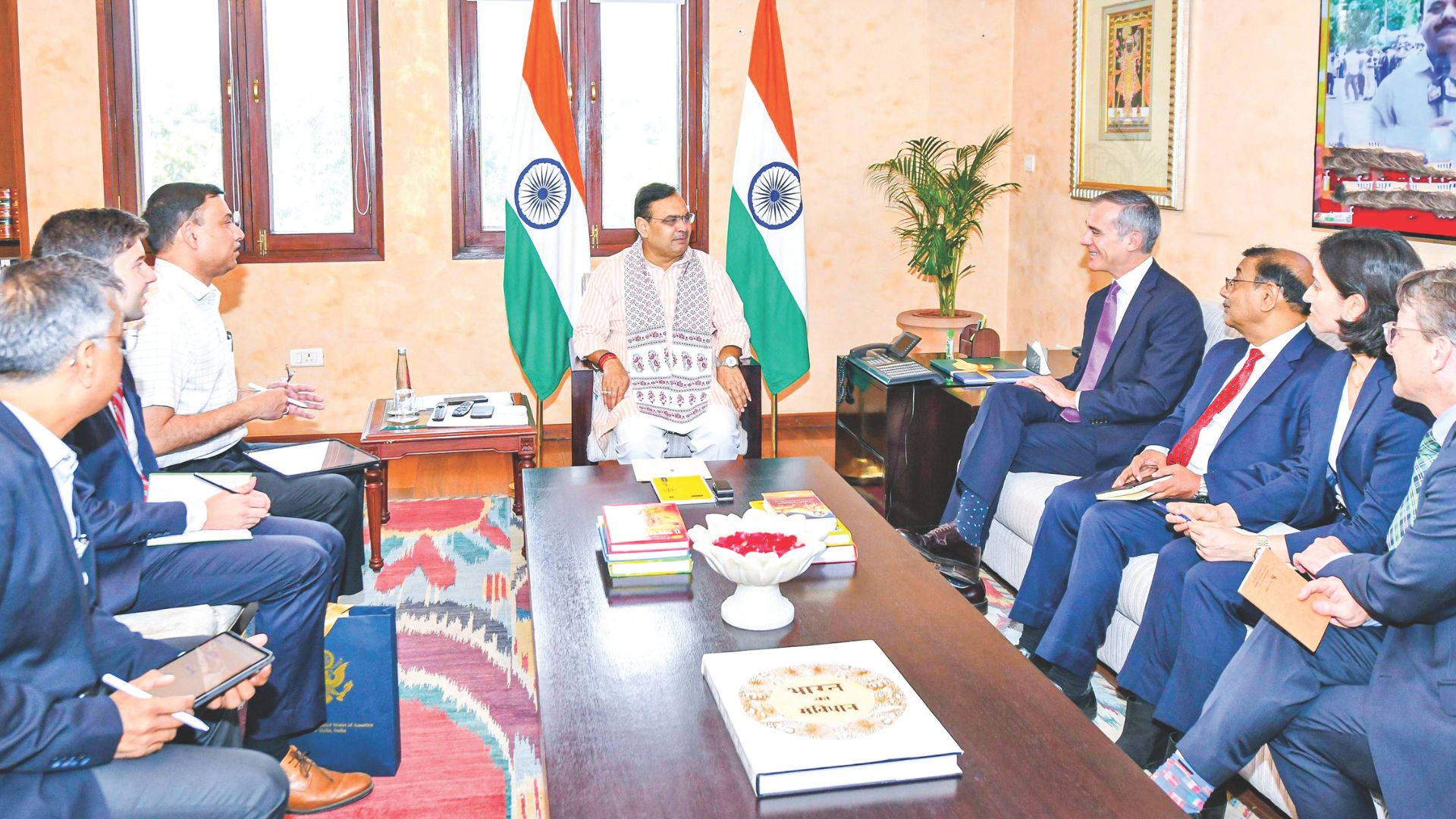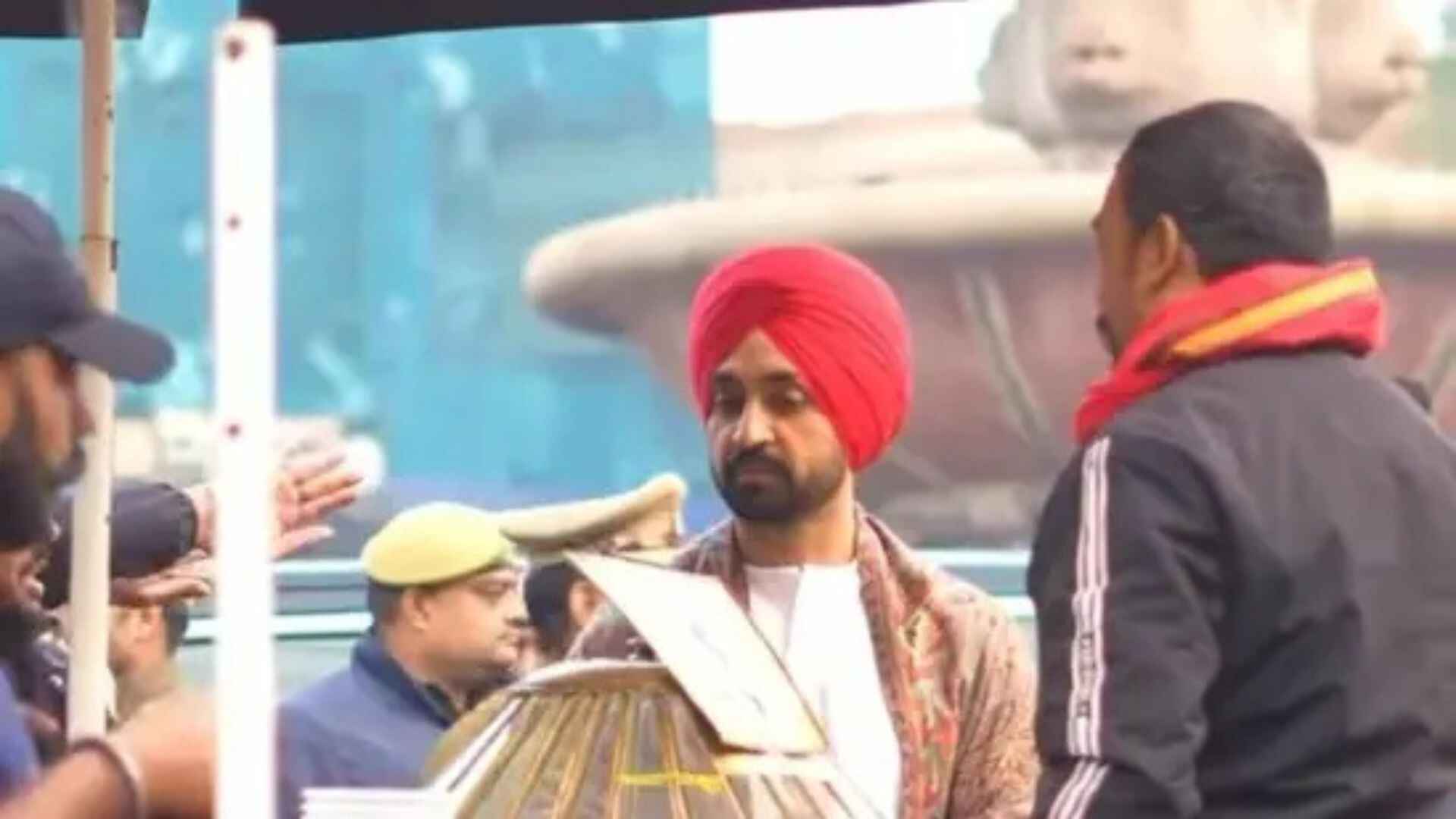
When Prime Minister Narendra Modi came into power for the third time, there were speculations that he will face challenges and every decision he takes is going to be litmus test. So far, he has been successful as there was no objection raised by his allies. However, there is high possibility that the Prime Minister will easily pass the first test of his third term as well.
So far, indications suggest that the opposition is unlikely to pose significant obstacles for the positions of Lok Sabha Speaker or Deputy Speaker. Elections for both roles are expected to proceed by consensus according to Modi’s preference. However, the true challenge lies ahead.
The upcoming task is presenting the general budget. The Modi government’s primary challenges include tackling inflation and unemployment, which were major factors contributing to their defeat in the 2024 general elections. Besides, one of the major concerns is to convince the farmers. To address this, the government has initiated by announcing minimum support prices for certain crops.
Following the general budget, crucial elections are scheduled in two major states—Haryana and Maharashtra—where farmers wield significant electoral influence. The outcomes of these elections hold considerable importance for both the ruling government and the opposition.
If BJP wins both states, then the alliance will get strength and the aggressive policy of the opposition will weaken. If for some reason the opposition wins then the pressure on the government will increase. BJP has been in power in Haryana for 10 years. Before the Lok Sabha elections, Prime Minister Narendra Modi surprised everyone by replacing Manohar Lal Khattar with Nayab Singh Saini as the Chief Minister.
In doing so, PM Modi aimed to mitigate anti-incumbency sentiments against the Haryana government. Furthermore, appointing Khattar as a minister at the center has enhanced his influence in Haryana politics. BJP intends to stick to its traditional electoral strategy in the state, emphasizing the dynamics between Jats and other communities. This strategy aligns with BJP’s usual tactics. Additionally, BJP may announce a package aimed at farmers in the upcoming budget to appeal to Jat voters.
Their demands can also be considered sympathetically. Along with this, it will try to take such leaders in the party who have an impact on the Jat community. A start has been made with a leader like Kiran Chaudhary. Kiran along with her daughter Shruti left Congress and joined BJP.
After the budget session, Prime Minister Modi will focus extensively on securing electoral victories in both Haryana and Maharashtra. In Haryana, BJP’s strategy revolves around leveraging the influence of key leaders such as Kiran Chaudhary and Ranjit Chautala, whose support could potentially sway several constituencies in BJP’s favor. Securing victory in Haryana is particularly significant for BJP due to its location in the Hindi belt adjacent to Delhi, where Congress has seen declining influence.
In Haryana, BJP aims to replicate its successful electoral strategies seen in states like Madhya Pradesh, where backing influential leaders like former CM Bhupendra Singh Hooda is crucial. The outcome of the election will not only determine BJP’s political dominance in the region but will also send a substantial message regarding its strength in crucial Hindi-speaking states.
Meanwhile, Maharashtra presents a different political landscape for BJP. Despite being in a coalition government led by Eknath Shinde, there are reports of potential rifts within the coalition, similar to those seen in the Congress-led Maha Vikas Aghadi coalition. BJP is closely monitoring these developments and is open to exploring new alliances or opportunities, including potentially courting leaders like Uddhav Thackeray if he decides to part ways with the Congress alliance.
After the budget session, Prime Minister Modi will concentrate on navigating political landscapes in Haryana and Maharashtra to ensure successful electoral outcomes, which are crucial for BJP’s national standing and future political strategies.















